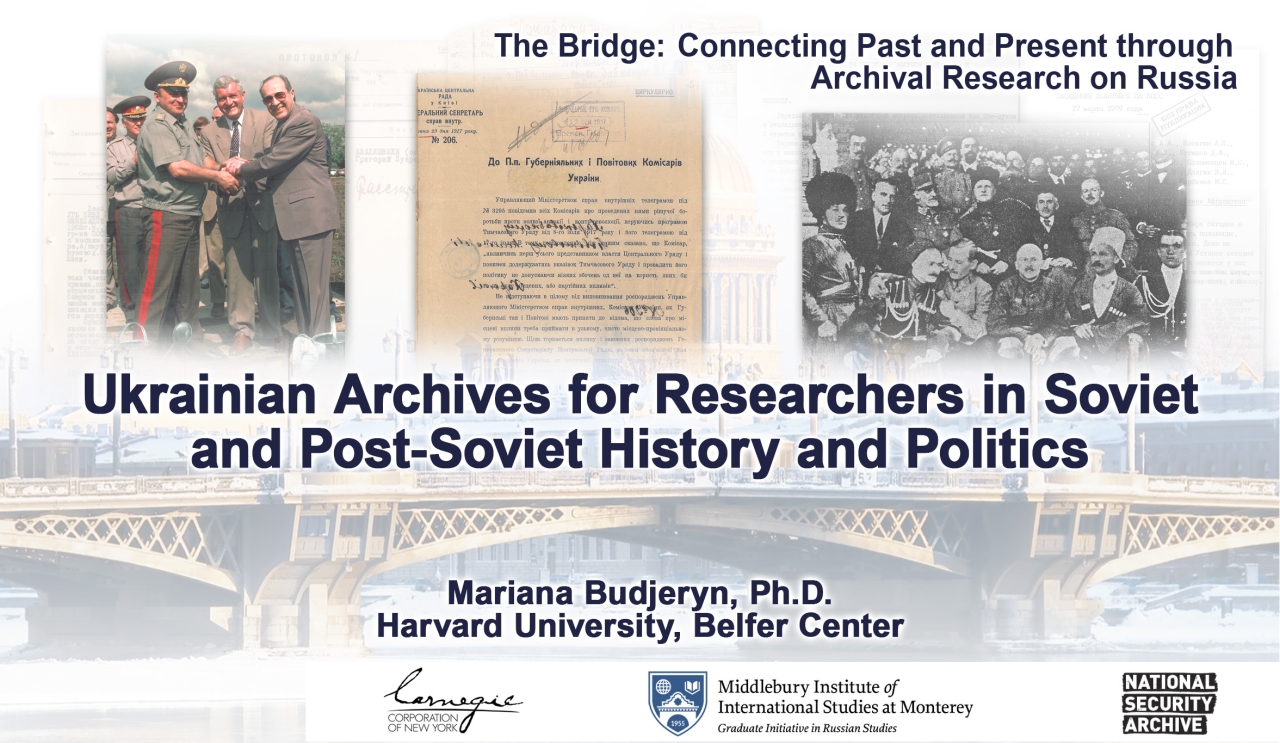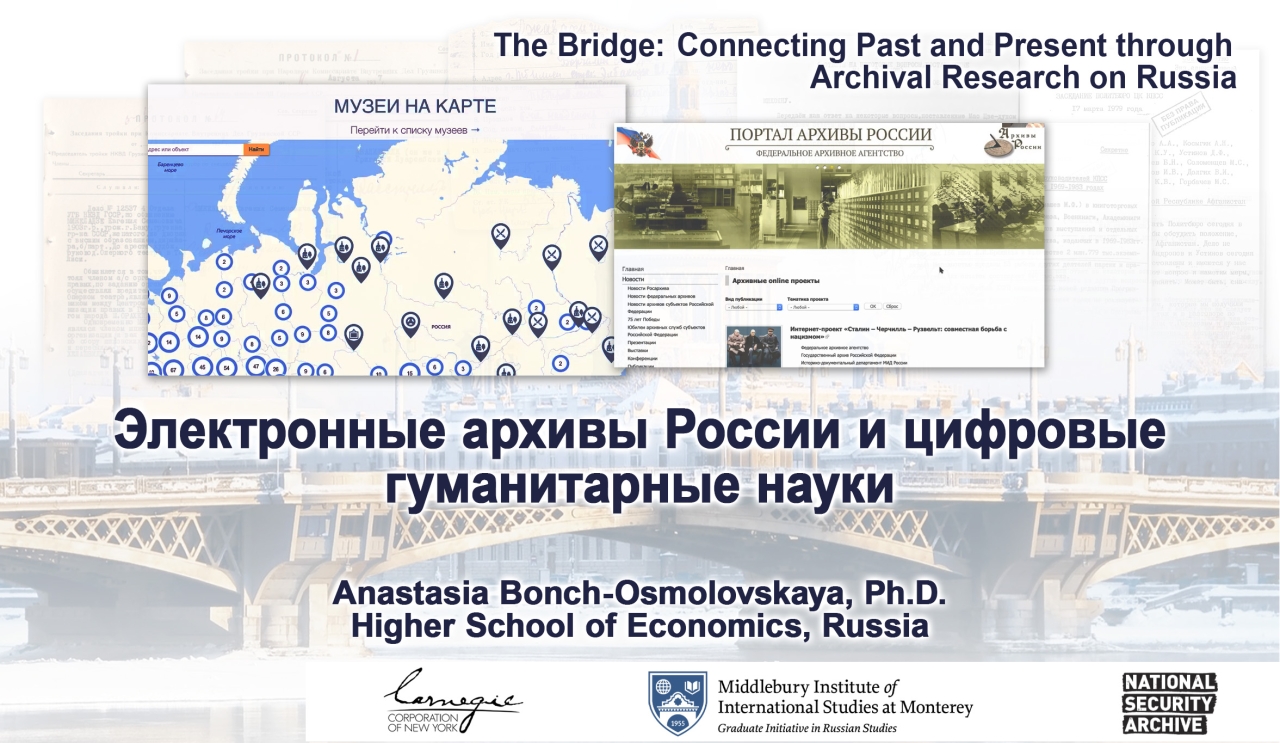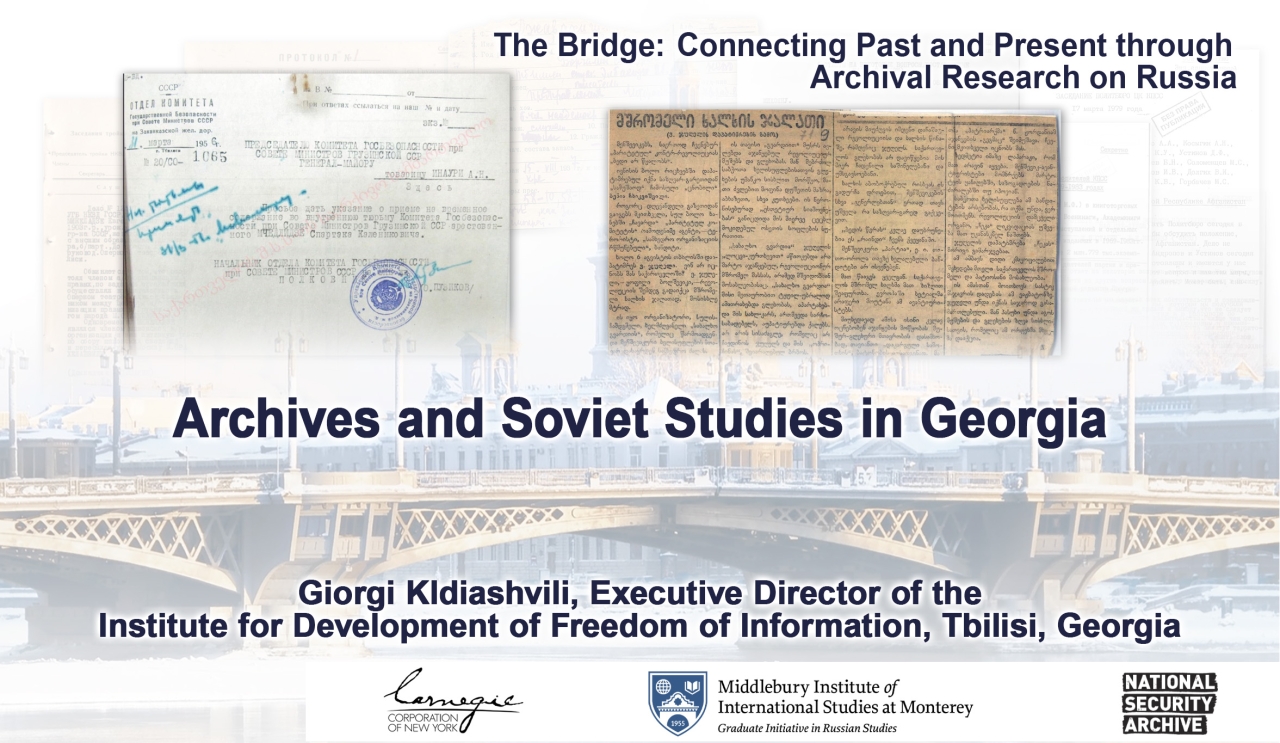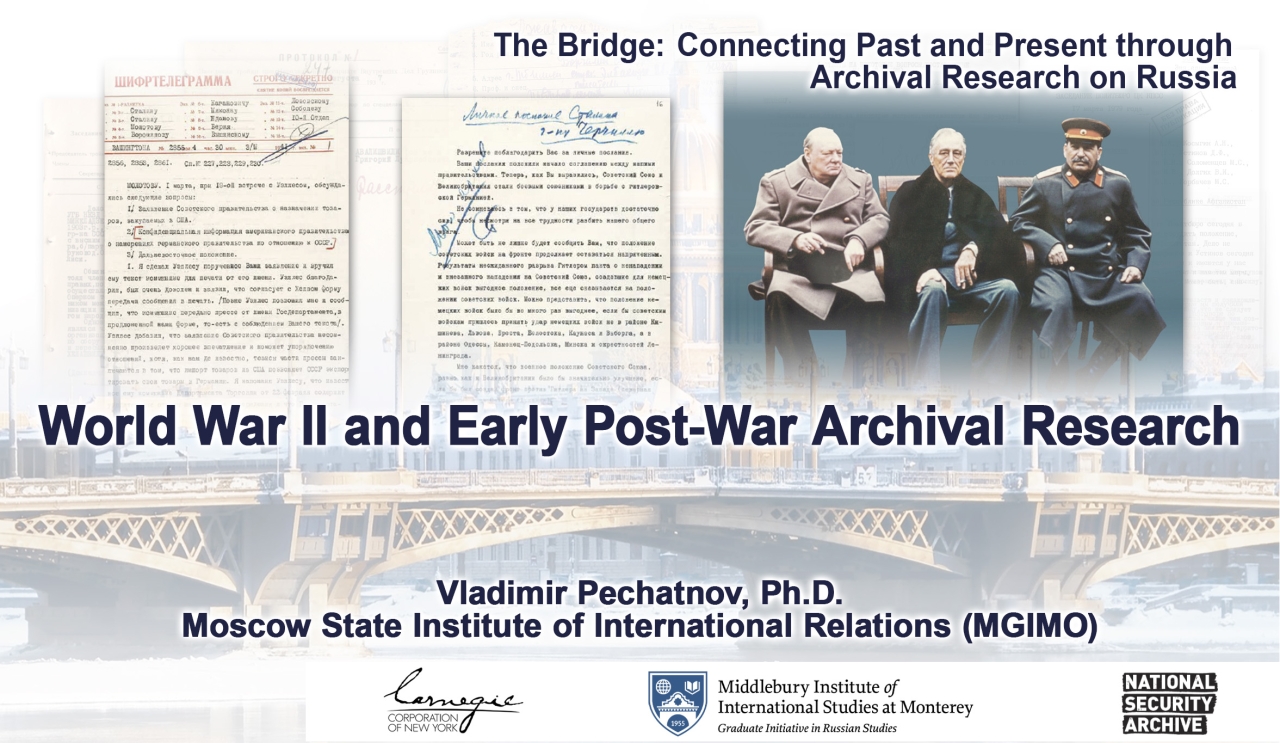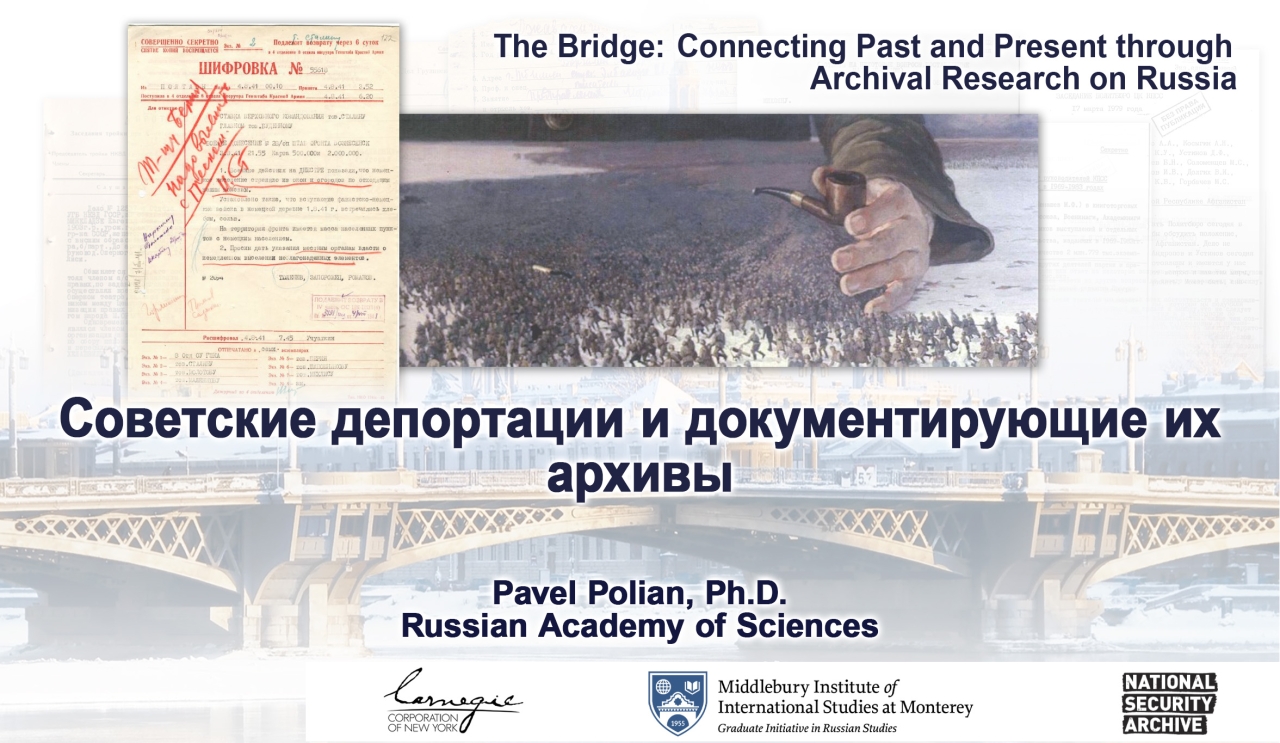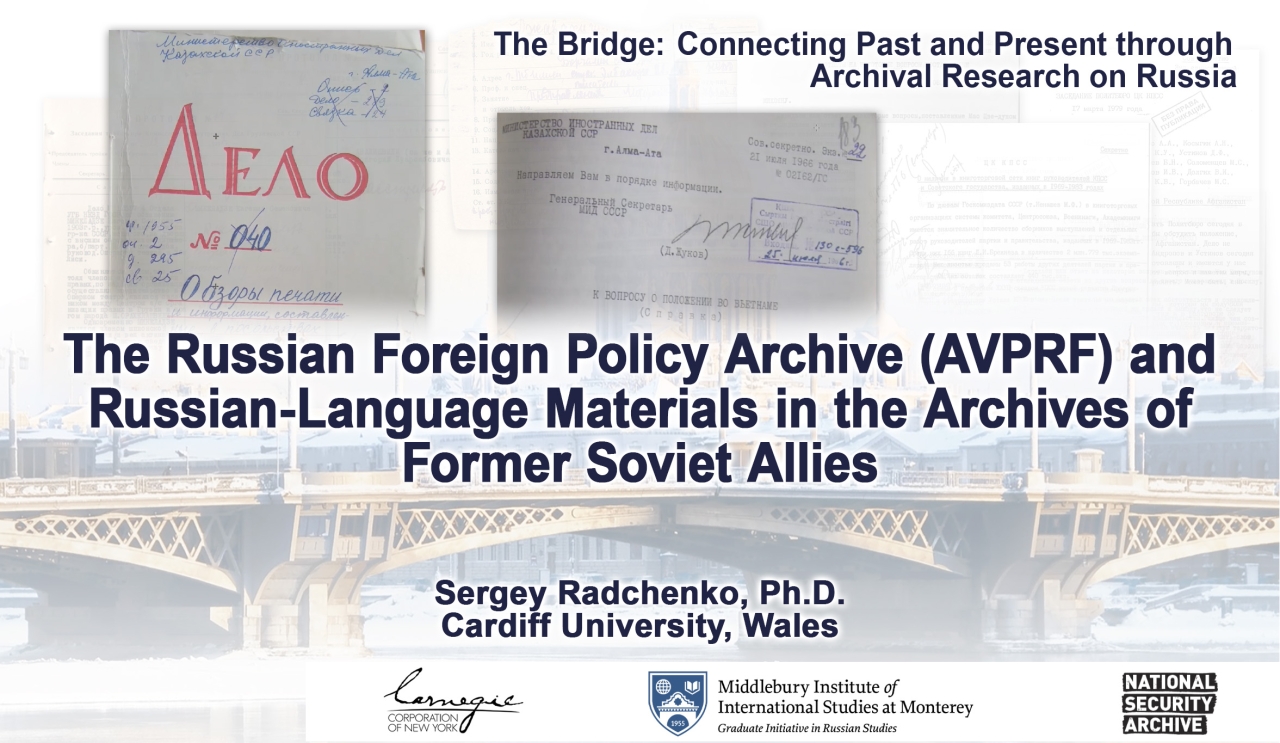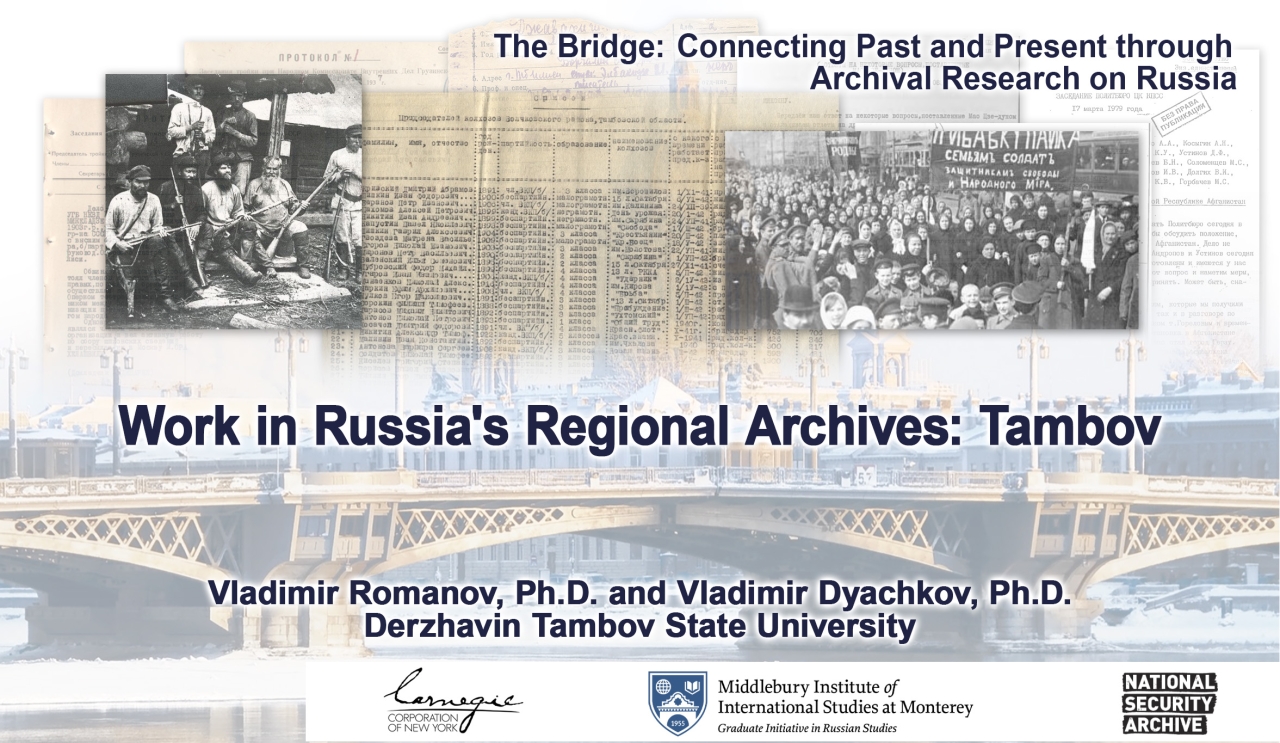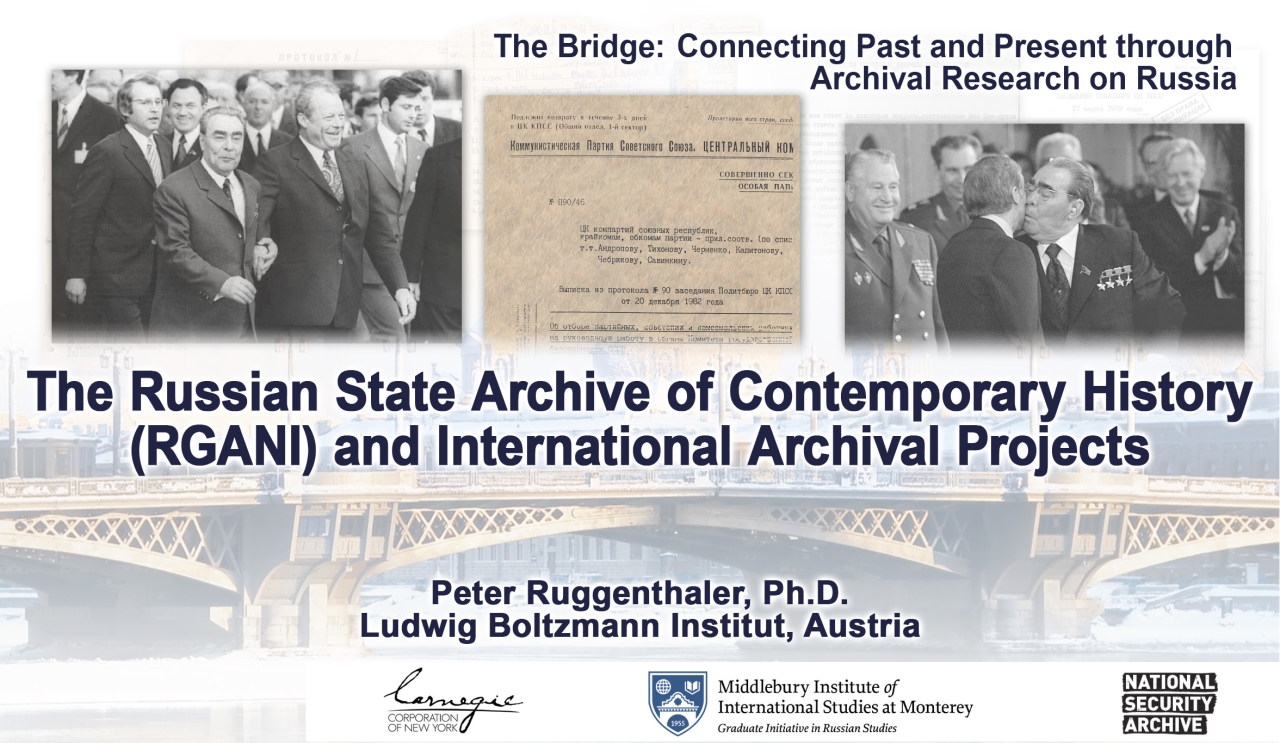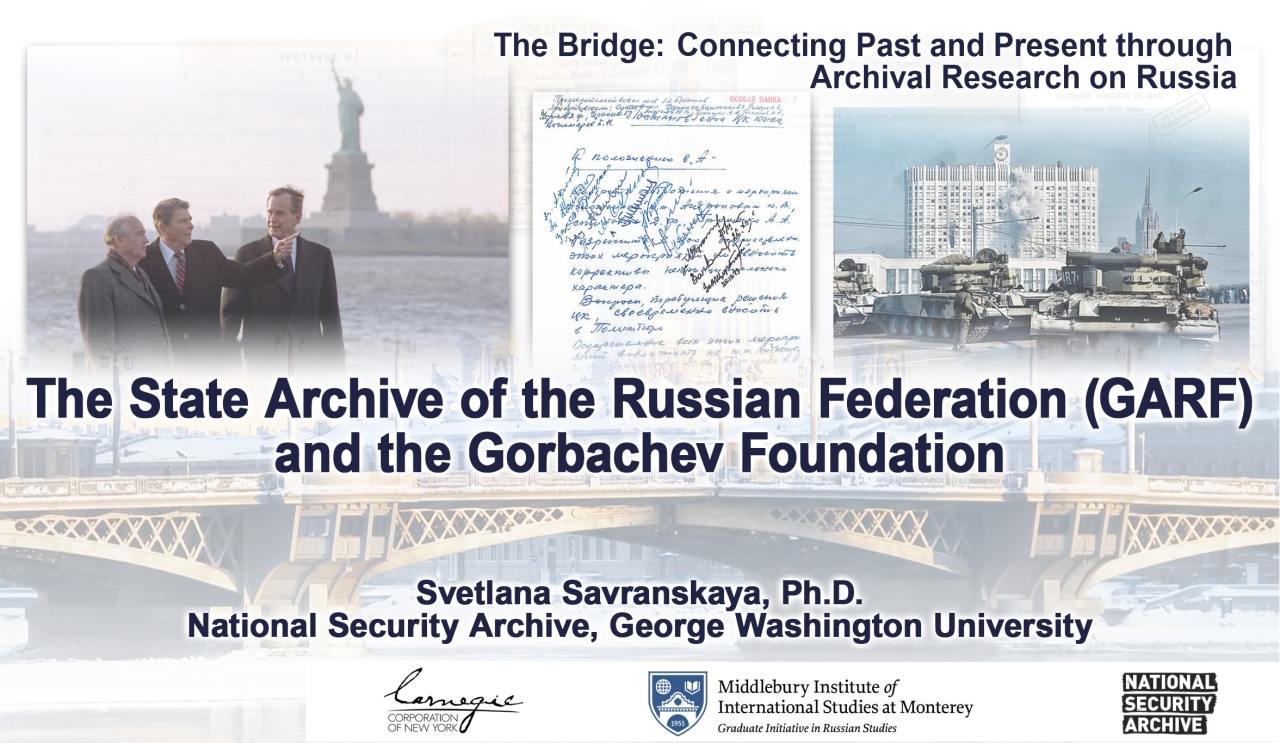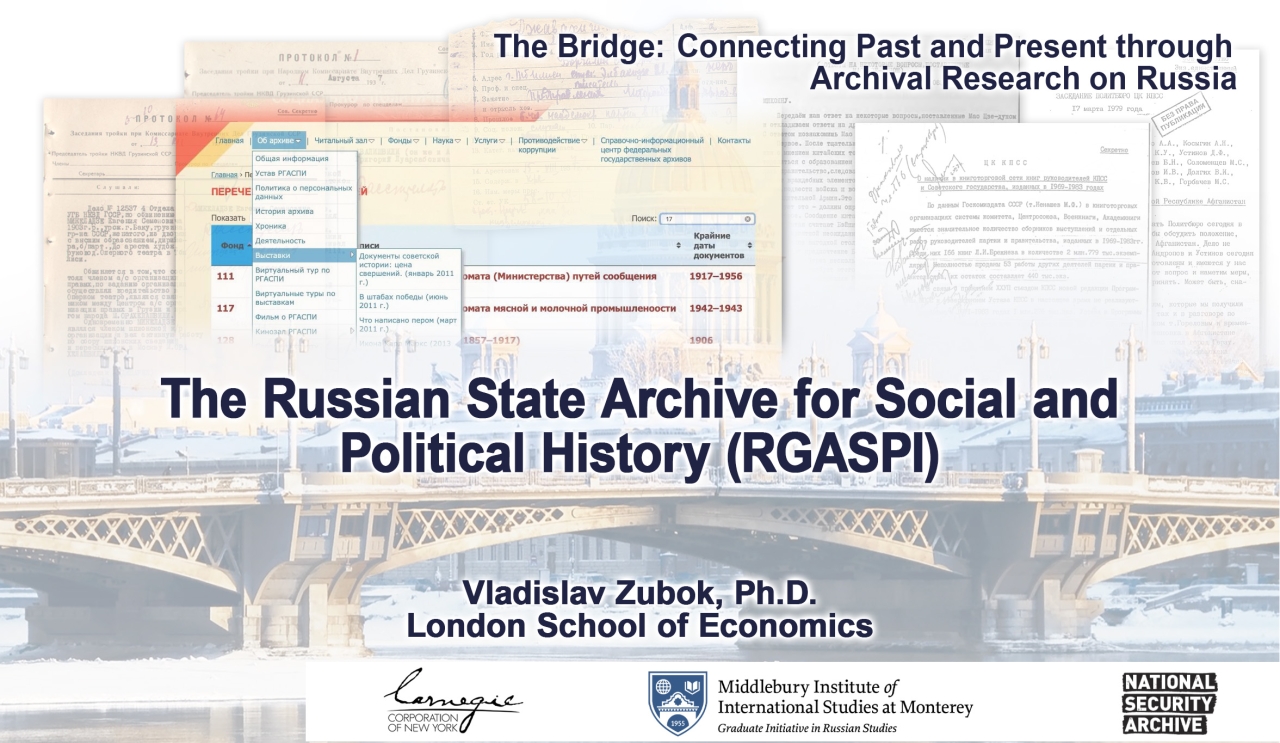The Bridge: Connecting Past and Present Through Archival Research on Russia
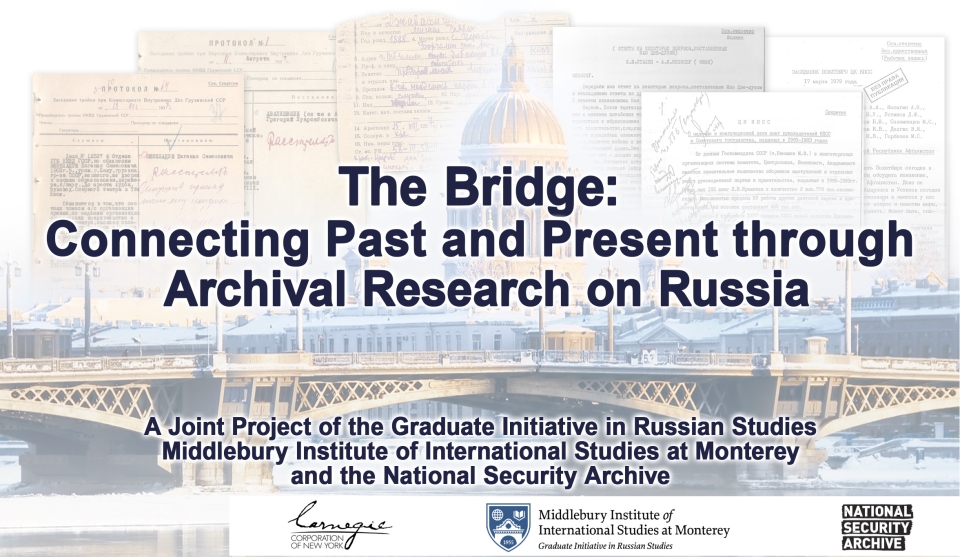
In light of Russia’s war on Ukraine, we are updating The Bridge to address the many opportunities for archival research that remain despite issues of access and obstacles to travel. Please check back for updates.
The goal of the Bridge is to illuminate archival sources and disseminate information about collections that are available for use by students and young experts in the field. Research based on original source material is of paramount importance to moving the field of Russian Studies forward. Some highlights of this project include how to access critical archives such as RGANI, GARF, and the Foreign Ministry archives; how to access archival material in regional archives that may be off-limits in Moscow; and how to access a variety of archival material online from the comfort of your own home or office.
The Bridge: Connecting Past and Present Through Archival Research on Russia is presented by the National Security Archive at George Washington University and the Monterey Initiative in Russian Studies at the Middlebury Institute of International Studies at Monterey. Carnegie Corporation of New York provided funding for this project.
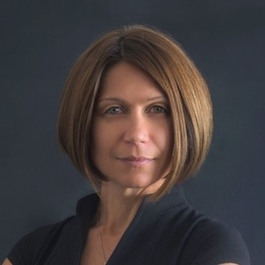
Mariana Budjeryn, Ph.D.
Harvard University, Belfer Center
Ukrainian Archives for Researchers in Soviet and Post-Soviet History and Politics
References
PowerPoint Presentation
My name is Mariana Budjeryn, and I am a research associate at the Project on Managing the Atom at the Harvard Kennedy School’s Belfer Center. My work is on the history and politics of post-Soviet nuclear disarmament. So, after the collapse of the Soviet Union three Soviet republics (Ukraine, Belarus and Kazakhstan) had inherited a large number of Soviet nuclear weapons and I investigate how they went about relinquishing these weapons and joining the nuclear non-proliferation treaty. For this research I have done quite a bit of work in post-Soviet archives in Kazakhstan and Belarus, but today I’d like to share my experiences of working in the Ukrainian archives.
So, the first and most important archive to speak about is the Essential State Archive of Supreme Bodies of Power in Government of Ukraine. This somewhat cumbersome name denotes basically the archive that holds the documents of all main government institutions of Ukraine. The holdings start from 1917 when Ukraine was incorporated as a Soviet Republic, as it were, but also, in parallel, it has documents from the early years of Ukrainian independence as a Ukrainian People’s Republic and the various trials and tribulations of this brief period of Ukrainian independence (or attempts at gaining independence) in 1917 to 1921. Then of course the agencies of the Ukrainian SSR and subsequently the documents of independent Ukraine starting from ‘91 and, the last I checked, the latest holdings go up until about 2001. I have worked—for those of you who are interested in a more recent history late Soviet and early post Soviet period—these are the sort of collections that I have worked with at the at this archive for my work on Ukraine’s nuclear disarmament the following three collections (or fondi, as they are called in Ukrainian) have been most important. Fond 1 (and it’s extension fond 1R — it’s a Ukrainian “R” an English “P” -looking letter) is the collection of the parliament of Ukraine, the so-called verkhovna rada, and again the documents start early on when Ukraine got as a republic got its legislature in 1917 but my interest has been really in the documents of the rada and its standing committees: Committee on Foreign Relations, Committee on National Defense and Security, Committee on Nuclear Policy and Energy that begin from May 1990 when Ukraine’s first multiparty parliament democratically elected parliament began its session proceedings. A word of advice and caution: much of the holdings, much of the collections and documents the transcripts of the proceedings of the hearings of the sessions the parliament was in session: there’s no need to copy those because they’re all available online. The website of the parliament of Ukraine has a very comprehensive database that includes all of the transcripts on all of the open sessions of the parliament. In addition, they have a very decent database of all the legislation passed by the parliament but also the decrees of the president and the resolutions of the cabinet of ministers of Ukrainian government. So those again are not necessary to copy. You can access them online. The interesting part of course is the deliberations and the drafting process that goes into establishing into which is this legislative process.
Fond #2 is the collection pertaining to Ukrainian government to the cabinet of ministers of Ukraine: it’s a wealth of material and it’s a fascinating collection especially for those of you who are interested in exploring the late years of Soviet economic management or other mismanagement and the early years of Ukraine’s independence when all these monumental issues of how to disentangle a single economic system into into separate parts: how to parse out the money mass, how to disentangle industries that have been designed to work together within the single Soviet economy—how all of that very painful process happened. There’s there’s a bunch of correspondence with Moscow and sorting out all sorts of all sorts of issues between the governments of the Soviet Union and Ukraine and then the governments of the Russian Federation in Ukraine.
Fond 5233 is the collection pertaining to the Office of the President of Ukraine. Now this institution has only been introduced in 1991 Ukraine’s first president was elected in December 1st, 1991. The collections include Kravchuk’s only term (Leonid Kravchuk was Ukraine’s first president) and then the two terms of Leonid Kuchma Ukraine’s second president. They again include all sorts of correspondence as well as the files of the Council on National Security that Kravchuk has instituted in late 1992—created—to advise him on foreign policy and security matters. They also include transcripts of the different interviews that the president might have given, as well as the preparations for state visits and that sort of thing.
A word of caution and advice to those of you who are Russian speakers: most of the holdings, most of the collections and documents will be in Ukrainian. Now the languages are quite similar, however, Ukrainian is distinct enough where a non-native Russian speaker might not be as comfortable in Ukrainian. So, it is not safe to just assume that if you have a decent command of Russian you will be able to work in the Ukrainian archives. The advice would be to to hire a local research assistant. They are plentiful and quite competent and quite affordable as well.
So on more of a logistical matters the archive is located a little bit outside of the center—it’s a taxi ride (or bus ride if you’re feeling adventurous). It’s a pretty dreary looking building (very Soviet), but the upside is that there is a lovely open market and in good weather you can get yourself a tub of fresh raspberries for lunch or something like that and a pretty decent shawarma stand as well. But on a serious note, the procedure for accessing the documents and the reading room is really quite straightforward it has been, in fact, simplified over the years as I have visited this archive and the last time I was there was about a year ago, so in the summer of 2019. There is no need to call or reserve a room in advance you just show up to the gate of the archive and you will have a little checkpoint. You must have your passport or valid ID. You will be taken down and in the journal of visitors or you go to another checkpoint in another building and the nice gentleman will give you a one day pass with which you go up to the third floor to the reading room where where you will find an archivist. Plan that you first day will basically be perusing the actual finding aids books and writing out in in a little request slip all of the files that you might need. It takes about 2-3 business days after you filled out a request form for the files to be delivered from their storage place and then of that you can only access about 10 files or so a day. So, plan to kind of stagger your requests accordingly. Laptops and bottom photographing is permitted. It wasn’t always so: my first visit I was trying to take photos with my phone, and I got a finger wagged at me but this last time this was not an issue at all. Normally the rules change, and a lot of the rules are not explicitly stated so it helps to either ask the archivist in advance or to proceed by trial and error.
This is this is one of my favorite documents that I found at the Central State Archive and it was in the collection of Ukrainian 2nd President Leonid Kuchma and this pertained to Ukraine’s explorations in the full nuclear fuel cycle. So Ukraine inherited all these huge number of nuclear weapons however Ukraine did not possess a full fuel cycle so a natural question I always had was, “well if Ukraine never considered retaining these weapons it should have or could have considered actually developing full fuel cycle for producing fissile material for the warheads.” I did happen upon a document a feasibility study essentially conducted sometime in 93, 1993 and presented to the parliament committee on nuclear policy and energy in the summer of 1994 and then when Ukraine’s 2nd president got elected in June in July 1994 the parliamentary representative had forwarded the study to him for his consideration and for his information and included as you can see on this middle page a drawing of a centrifuge for for uranium enrichment and also on the third page a list of different Ukrainian companies that are a were able to produce elements and parts too for this centrifuge. This was not exactly a Eureka moment but it was a gem that I have relied on in my research to show that, you know, Ukrainian deliberations might have gone a lot further than was initially assumed and the this general narrative that these were not even Ukrainian weapons to give up that it had no control over them or it could not possibly you know think of a nuclear deterrent long-term because it lacked these key parts of the nuclear fuel cycle and production perhaps we should take a more cautious view of this narrative.
So, to move on: some of the agencies of the Ukrainian government have their own separate—as they call it— “branch” archive. Ministry of Defense is one of those. So those documents are stored separately and the archival the ministry of defense, while on paper should be accessible to both Ukrainian and foreign nationals, has gotten increasingly difficult to access. I have attempted and I was unsuccessful especially after 2014 and the beginning of war with Russia, the Ministry of Defense and all sorts of you know parts of the defense establishment are trying to guard against possible breaches of security.
However, Ministry of Foreign Affairs is a different story. I have worked at this archive (before the invasion, before the revolution in 2013) so it is worth checking with them whether the rules are still in place but in my experience the access has been—not as easy as to the Central State Archive but—still quite straightforward and the archive is actually located in the building of the Ministry of Foreign Affairs you see it here on the photo. It’s a grand Stalin-era building worth entering (just for that very reason). You will have to go and obtain a pass first to the pass Bureau which is located in this building. My experience has been that in order to bring a laptop you would have to have a separate permission. I was not able to obtain it, so I was stuck taking notes but by hand however I was able to take some photos of the documents that I found interesting. There isn’t a straightforward set of rules for the photos (maybe there is maybe it’s different now) but I simply approached the archivist and showed her the document and inquired but it was OK for me to take a photo with my with my phone and in most cases she said yes. So basically, you would be sitting together with an archivist in this smallish room stacked high to up to the ceiling that all sorts of files and you’ll get a table to work with the documents. And the documents are really… there’s there is a wealth of documents there that are largely untapped: so the office of the minister, various reports that the ministry prepared for other branches of government, correspondence, internal correspondence with the office of the president and with the parliamentary committees of course it’s all sorts of diplomatic correspondence and cables from embassies around the world. Theoretically the ministry should hold documents beginning in 1945 when Ukraine joined the United Nations and always had (it was a formal number of the United Nations and always had a Ministry of Foreign Affairs) which, of course, had very little independent leeway on foreign policy most of the policy was mandated by Moscow however there were (allegedly, it’s one of the untapped areas) there were moments in which Ukrainian diplomats had tried to make to make an independent stance in such international fora and those are also largely underexplored. I looked, of course, at the documents from the early 90s and apart from from the glimpse into how Ukraine’s foreign policy emerged is also a fascinating glimpse into state building and into how a fledgling country becomes an international subject of international relations, as it were, and all the even trivial things like setting up embassies and lacking money to pay diplomats who could, you know, throw a reception somewhere in Vienna—all of these things were really challenging for Ukrainian diplomats because all of that had to be built basically from scratch. And just a word of warning that, yes, since 2014, and since the country is in conflict with Russia and the security overall has been tightened, there might have there might have been since changes to the rules of how to access it but you might need also a letter from your institution, certainly on the official letter letterhead (which matters a lot in that part of the world), signed by your supervisor stating: what is the topic of your of your dissertation or your research, what sort of documents might you be looking for, what sort of time period. And that letter would have to be sent to the archival department (contacts are here) there isn’t a particular a separate website for this archive is just listed as one of the departments of the ministry.
These are some of the most precious documents I was able to obtain through my research and that is a report of the first one is a report the ministry prepared for the executive for the office of the president but also the speaker of the parliament and the Prime Minister considering the different options different options for Ukraine’s nuclear policy. So the cryptic name, “On Possible Consequences of Alternative Approaches to Ukraine’s Nuclear Policy” really meant: “what if: we retain nuclear weapons; what if: we give up nuclear weapons; and what if: we retain strategic launchers missiles but give up nuclear warheads which was one of the, sort of a, third option that it turns out Ukraine considered seriously during its deliberations and this was early in the year 1993 February 3rd and it basically went through a pros and cons analysis of each option. Interestingly enough the ministry did not provide recommendations it only provided analyses and these pros and cons but you can read between the lines that the ministry’s sympathies really lie with the non-nuclear option the way the report is structured. And then in a different folder (note that the first document is from folder 7045) in a different folder I found a follow-on document. There apparently had to be a follow up request from the parliament (from the Speaker of the Parliament, the Deputy Speaker of the Parliament, I apologize) to elaborate in a bit more detail on the nuclear option. The original letter of request is not there but you can see that just a few days later (couple weeks later) the Ministry of Foreign Affairs produced additional information report in which very— in a lot more detail —explored what if Ukraine were to keep nuclear weapons or what if it refused to join the non proliferation treaty and again there was there was a very strong leaning against this option from the standpoint of the ministry even though they don’t they don’t make that explicit.
Next is the archive of the Security Service of Ukraine (AKA the KGB archives of Ukraine) is one of the few post Soviet republics that has really taken pains in opening up the documents pertaining to the repressive nature of the Soviet regime. This has been especially the case after the 2014 revolution of dignity and a deliberate policy of the Ukrainian state that passed the so-called decommunization laws. There is a bit of sort of concerted policy there in exposing this Soviet crimes in the same vein as other crimes of others totalitarian regimes have been exposed (specifically Nazi crimes) and there’s a concerted effort kind of demonstrate, through the disclosure of these documents, that the two regimes were not in fact so very different. So, the holdings are really interesting and generous. To keep in mind these are the documents of the Ukrainian branch of the KGB so you know the real meaty stuff is still in in Moscow and it’s out of reach but the Republican department of the Republican division of the KGB did correspond with Moscow quite a bit and of course it was focused a lot more on the internal dissent on the internal security than it was on, you know, on intelligence and counterintelligence, you know, battling the adversaries abroad. The most of the holdings as I said pertained to the internal workings of the society and all this sort of dissent movements and all of the elements, the internal enemies of the people that had at various stages had to be disciplined or eradicated. A good collection pertains to the Ukrainian revolutions and attempts at statehoods; purges and the Holodomor (the artificial famine in 1932, 1933) there’s great collections assembled on this topic; World War Two and Ukrainian insurgency the Ukrainian insurgent army that resisted both the Nazis and the Soviet regime and the post World War Two dissident movement including the Ukrainian Helsinki group, the dissident movement that tried to argue that, at the very least, the Soviet Union should stand by its own constitution that guaranteed rights and freedoms of it citizens. A huge work has been done on Chernobyl. Just recently a two-volume collection of documents was published as books and are also accessible in PDFs online. The archive is located in the actual building of the Security Service of Ukraine (the old KGB building). There are finding aids online, but they have done quite a good work digitalizing the documents that they hold: about 25,000 documents they claim have been digitalized. Some of them are available through the electronic archive of the Ukrainian liberation movement (and again this is this is to say all sorts of opposition to the Soviet regime that sprung up in Ukraine at various stages). In the reading room—I have personally not work in this archive so unfortunately I can’t provide you a detailed account of how access works—but from what I know and what I hear the archive is really quite open and they do welcome researchers. Do call in advance and inquire and schedule an appointment.
So, some of the things that I just looked up through the electronic the electronic database are things like the KGB internal report on the causes of the Chernobyl nuclear power plant accident. Now the Chernobyl is interesting not only for sort of dissecting how this how this a terrible accident could have happened in terms of technological aspects it is really a glimpse through which the entire pathology of the Soviet system could be explored: how the communication worked or didn’t work; how the aftermath of the disaster was hushed up and handled (or mishandled) and really the reverberations, more generally, that Chernobyl precipitated, I mean there is an argument to be made that it was one of the main causes of the collapse of the Soviet Union where this negligence exposed just how rotten and dysfunction the whole system had been and how utterly disregarded human health and human dignity. Another report that I thought was interesting is from much earlier time is the report from one of the agents of the Odessa branch of the KGB who had somehow kept an eye on the Japanese consul as he traveled throughout the Soviet Union and this agent (code name “Pavel”) had reported back to headquarters in Kiev the consul’s impressions and you will note that the year is 1932 and this is when mass starvation had set in on Ukrainian territory and the consul reported seeing horrific sights of starved peasants on train stations and etc.
So, with that I wish I wish you very best of luck in exploring the Ukrainian archives. It’s a very worthwhile pursuit there is much to be discovered there. The surface has not even been scratched and on top of that I’m pretty sure you will very much enjoy Kyiv as a city, the site for your research, and should you have any questions please don’t hesitate to contact me. Thank you.
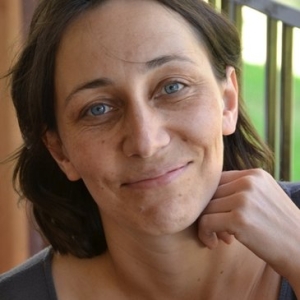
Anastasia Bonch-Osmolovskaya, Ph.D.
Higher School of Economics, Russia
Электронные архивы России и цифровые гуманитарные науки | Russian Electronic Archives and Digital Humanities (in Russian)
Transcript to be uploaded soon.
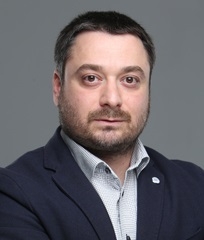
Giorgi Kldiashvili
Institute for Development of Freedom of Information, Tbilisi, Georgia
Archives and Soviet Studies in Georgia
References
PowerPoint Presentation
Narrative
Transcript to be uploaded soon.
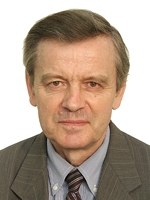
Vladimir Pechatnov, Ph.D.
Moscow State Institute of International Relations (MGIMO)
World War II and Early Post-War Archival Research
References
PowerPoint Presentation
Transcript to be uploaded soon.
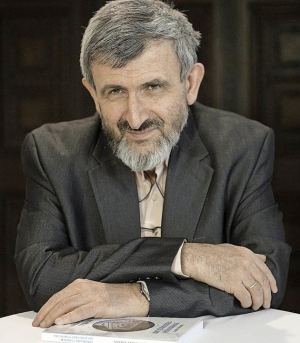
Pavel Polian, Ph.D.
Russian Academy of Sciences
Советские депортации и документирующие их архивы | Soviet Deportations and the Archives Documenting Them (in Russian)
References
PowerPoint Presentation
Transcript to be uploaded soon.
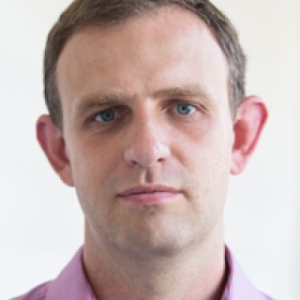
Sergey Radchenko, Ph.D.
Cardiff University, Wales
The Russian Foreign Policy Archive (AVPRF) and Russian-Language Materials in the Archives of Former Soviet Allies
References
PowerPoint Presentation
Transcript to be uploaded soon.
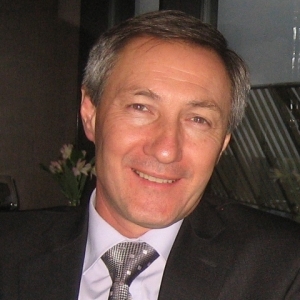
Vladimir Romanov, Ph.D.
Derzhavin Tambov State University
Work in Russia’s Regional Archives: Tambov
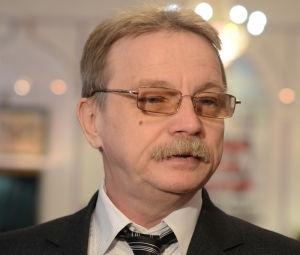
Vladimir Dyachkov, Ph.D.
Derzhavin Tambov State University
Work in Russia’s Regional Archives: Tambov
References
PowerPoint Presentation
Transcript to be uploaded soon.
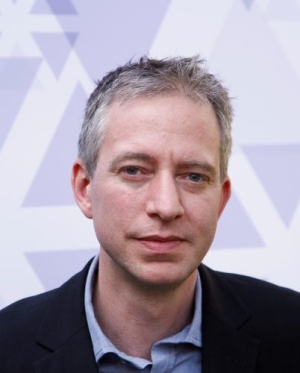
Peter Ruggenthaler, Ph.D.
Ludwig Boltzmann Institut, Austria
The Russian State Archive of Contemporary History (RGANI) and International Archival Projects
References
PowerPoint Presentation
Transcript to be uploaded soon.
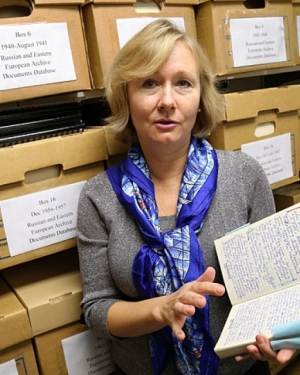
Svetlana Savranskaya, Ph.D.
National Security Archive, George Washington University
The State Archives of the Russian Federation (GARF) and the Gorbachev Foundation
References
PowerPoint Presentation
Transcript to be uploaded soon.
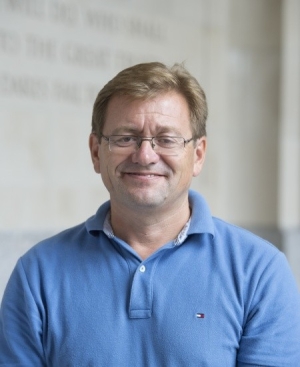
Vladislav Zubok, Ph.D.
London School of Economics
The Russian State Archive for Social and Political History (RGASPI)
Transcript to be uploaded soon.

